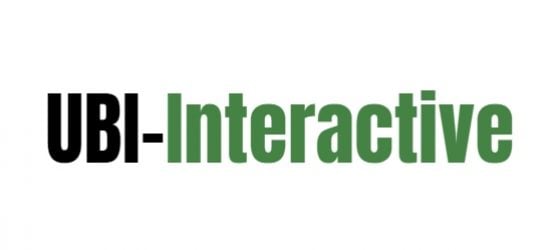Parts inventory management software has the power to streamline your business and save you money – but if it’s old, poorly functional, or if it’s just not a good fit for your brand, it could do more harm than good. With better parts inventory management software on your side, you could end up saving money, streamlining operations, and reducing headaches for your entire staff.
But what’s the right way to approach this decision?
Audit Your Current Parts Inventory Management Software (If Applicable)
Your first step is to audit your current parts inventory management software, if you’re currently using such a platform. Chances are, you’re thinking of upgrading the software or shopping for an alternative because you’re disappointed in at least one aspect of the platform.
Which aspects are you disappointed in and what steps will be required to correct those issues in the future? For example, are you disappointed in the performance or reliability of the platform? Does it not have all the features that you need in order to operate efficiently? Are your employees having difficulty learning and using the platform effectively?
Make a list of your findings and keep it handy as you evaluate other options for audit management tools.
Set Your Priorities
Before you start shopping around for possibilities, establish some priorities. There is no parts inventory management software that is perfect, so it’s important to know which factors are most important to your business.
These are some of your most important considerations:
- Budget/cost. Most companies think about price first. On some level, it makes sense. You don’t want to overpay for parts inventory management software, especially if you’re going to be involved in a subscription contract that lasts months or years. Parts inventory management can save you money by improving in efficiency, but you need to make sure that the money you save more than makes up for the cost of the platform. Set your budget ahead of time and know what you’re willing to spend.
- Key features. Which key features are most important to your business? Obviously, the platform will need to be able to track the parts you use and buy as efficiently as possible and in a way that’s friendly to users.
- Performance and learnability. You’ll also need to think about the performance of the software and how learnable it is for your employees. If there is a steep learning curve, or if the features are confusing, you’re not going to get much value out of the platform. Similarly, if the platform is buggy or if it performs unreliably, its value could be compromised.
- Security. Don’t forget about the security of your software. If you care about information security in your business, you’ll need to make sure to choose a platform that is well protected with few vulnerabilities.
- Integrations. Some businesses will also be concerned with the integrations available through the parts inventory management software. Does it conveniently work with other platforms you’re using, such as accounting and financial management software? Can you use plugins and add-ons to enhance the platform in any way?
- Support. Does this company offer robust customer service and troubleshooting? Better support could be enough to persuade you if it’s a priority for your business.
Shop Around
Once you have your list of priorities ready, you’ll be ready to start shopping.
- Evaluate multiple options. Don’t select the first parts inventory management software you come across. You may recognize the name and hear good things about the brand, but that’s not going to tell you the full story, nor is that a guarantee that the brand is perfectly aligned with your priorities. Additionally, you can find some great deals on amazing platforms, if you know how to dig. Make sure you evaluate multiple options before you make any final decisions.
- Take advantage of free trials. Despite complications with the strategy, most software companies still do offer free trials to customers. You can take advantage of this to make sure that you’re making the best decision for your company. Free trials allow you to use the software for free, with no risk, for a fixed period of time, so you can evaluate it and determine whether it has everything you need.
- Be prepared to negotiate. Don’t be afraid to negotiate. Plan pricing may appear fixed, but you might be able to get some wiggle room if you have a conversation with a salesperson. Know your budget ahead of time and see if you can save a few bucks.
With these strategies, you should be able to find parts inventory management software that aligns with your company’s needs and still remains relatively affordable. the process may take some time, but with a better inventory management platform in place, you’ll be able to save significant time and money.

